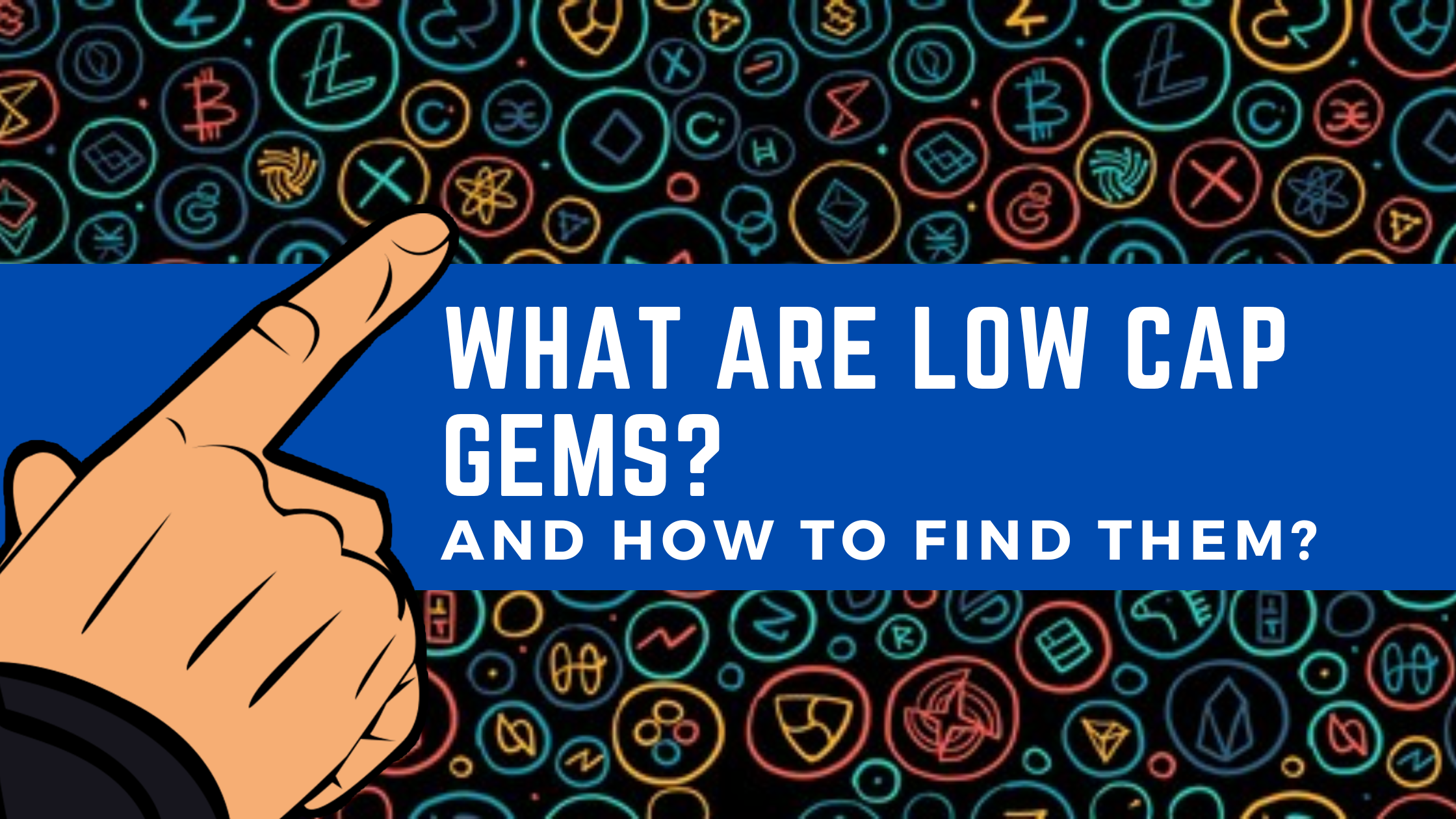DEFINITION:
Digital asset insurance is a specialized insurance type aimed at safeguarding digital assets like cryptocurrencies (Bitcoin, Ethereum, altcoins), tokens, NFTs, and digital wallets.
Digital Asset Insurance:
Digital asset insurance is an emerging form of insurance coverage specifically designed to protect against the loss or theft of digital assets, including cryptocurrencies like Bitcoin, Ethereum, and various altcoins, as well as other forms of digital value such as tokens, NFTs (Non-Fungible Tokens), and even digital wallets themselves.
Given the digital nature of these assets and the unique risks they face—such as hacking, fraud, technical failures, and operational security breaches—traditional insurance policies aren't always equipped to provide adequate protection.
Digital Asset Insurance Coverage
This type of insurance can cover various incidents, including but not limited to:
- Cyber theft: Losses due to hacking or unauthorized access to digital wallets or storage solutions.
- Physical damage or loss: Coverage for physical storage devices (like hardware wallets) that might be damaged or lost.
- Operational mistakes: Errors in the transfer or storage of digital assets leading to loss.
- Fraud and scams: Losses incurred from phishing, scamming, or other deceptive practices.
Digital asset insurance is still a relatively nascent field, and the offerings, coverage limits, and terms can vary significantly between providers. Insurers are continuously adapting to the evolving risks and regulatory environment of the crypto space.
This type of insurance is critical for both individual investors and businesses operating in the cryptocurrency sector, as it provides an additional layer of security and peace of mind in a landscape known for its volatility and security challenges.
Digital Asset Insurance Considerations
When considering digital asset insurance, there are several important factors to keep in mind to ensure you get the most appropriate and effective coverage for your needs. Here are some key considerations:
- Coverage Scope: Understand exactly what the insurance policy covers. Does it include only theft and hacking, or does it also cover loss due to operational errors, physical damage to hardware wallets, and fraud? Make sure the scope aligns with your primary concerns and the types of digital assets you own.
- Policy Limits and Deductibles: Check the policy limits to see the maximum amount the insurance will pay out in the event of a claim, and ensure it aligns with the value of your digital assets. Also, be aware of any deductibles you'll need to pay before the insurance kicks in.
- Security Requirements: Many insurers will require you to follow certain security protocols to qualify for coverage. This could include the use of multi-factor authentication, cold storage solutions, or maintaining a certain level of operational security. Ensure you can meet these requirements.
- Premium Costs: Evaluate the cost of the insurance premiums and weigh this against the level of coverage provided. Premiums can vary widely based on the value of the assets, the level of coverage, and the risk profile of the holder.
- Claims Process: Understand the claims process, including what documentation or evidence is required to file a claim, the timeframe for processing claims, and any history of claims being denied or successfully paid out by the insurer.
- Regulatory Compliance: Ensure that the insurance provider complies with relevant regulations and has a solid reputation. The regulatory landscape for digital assets can vary by jurisdiction, and it's important that your insurer is legally compliant and financially stable.
- Exclusions: Pay close attention to what the policy does not cover. Exclusions can vary significantly from one policy to another and may include certain types of security breaches, specific cryptocurrencies, or losses due to negligence.
- Market Volatility: Consider how the policy addresses the volatility of digital assets. Some policies may have provisions related to the valuation of assets at the time of loss, which can significantly impact the payout.
- Provider Expertise: Choose an insurance provider with expertise in digital assets and a deep understanding of the specific risks involved. Their experience in the cryptocurrency space can make a significant difference in the effectiveness of your coverage.
By keeping these considerations in mind, you can make a more informed decision about digital asset insurance and select a policy that best protects your investment in the dynamic and evolving landscape of cryptocurrencies and other digital assets.
You May Also Like:




